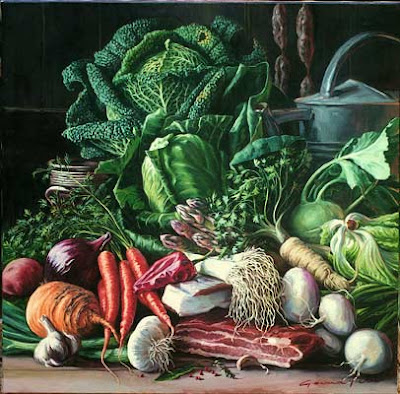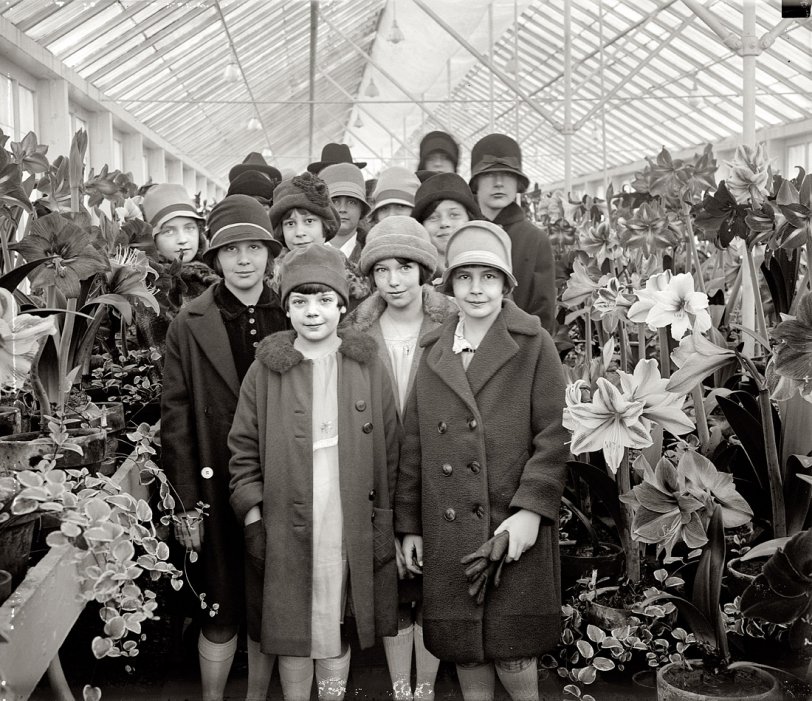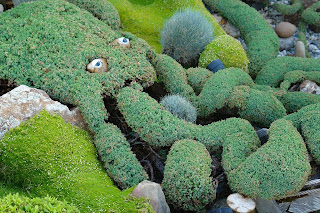 The last few months, my blogging hobby has started to spill over into my work life. We’ve started several blogs in Cornell’s Department of Horticulture to serve some of our many audiences.
The last few months, my blogging hobby has started to spill over into my work life. We’ve started several blogs in Cornell’s Department of Horticulture to serve some of our many audiences.
Cornell Horticulture is our flagship blog. You’ll find posts that are of interest to department students, faculty, staff and alumni, as well as the greater Cornell and horticulture communities. Occasionally, I’ll cross post some items. But to stay in touch with all the interesting stuff we do, add it to your RSS feeds.
We have two blogs that we are using primarily to distribute podcasts by our resident turf guy, Frank Rossi. Sustainable lawn care is for folks who want to manage their lawns in more ecologically sound ways. Cornell turfgrass is for professionals who manage golf courses, sports turf and other grounds. The podcasts are also available through iTunes. (Keep in mind that Frank’s advice is targeted primarily for the New York and the Northeast. Your mileagemay vary.)
For educators working with children and youth, we have our Garden-based learning blog. For famers looking to extend their harvest season for vegetables, fruit and cutflowers with unheated greenhouses, we have a high tunnels blog.
All of these blogs have associated websites that provide the ‘reference book’ resource on these topics. But the blogs provide us with an easy way of keeping our audiences up to date on the latest happenings.
What I think will be my favorite of our Department blogs is slated to launch soon: What’s blooming in Minn’s Garden (and more). It will be spearheaded by the students who are maintaining this historic garden and the other gardens around the Ag Quad, many designed and installed by Cornell students. I’ll be sure to let you know when it’s open for buisness.


 Today I stumbled across two postings on French blogs based on posts I’ve made:
Today I stumbled across two postings on French blogs based on posts I’ve made:





